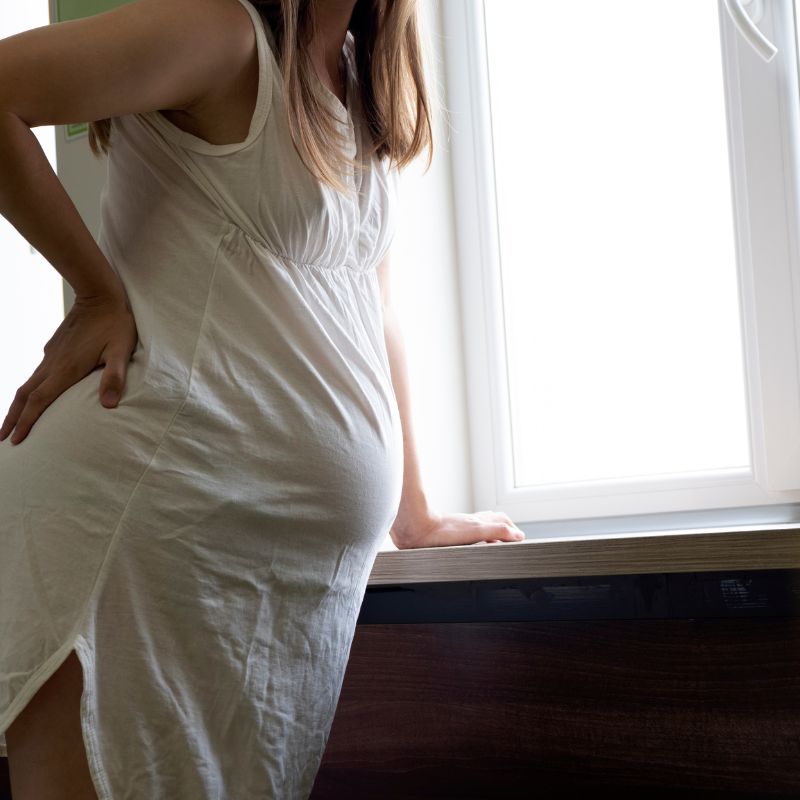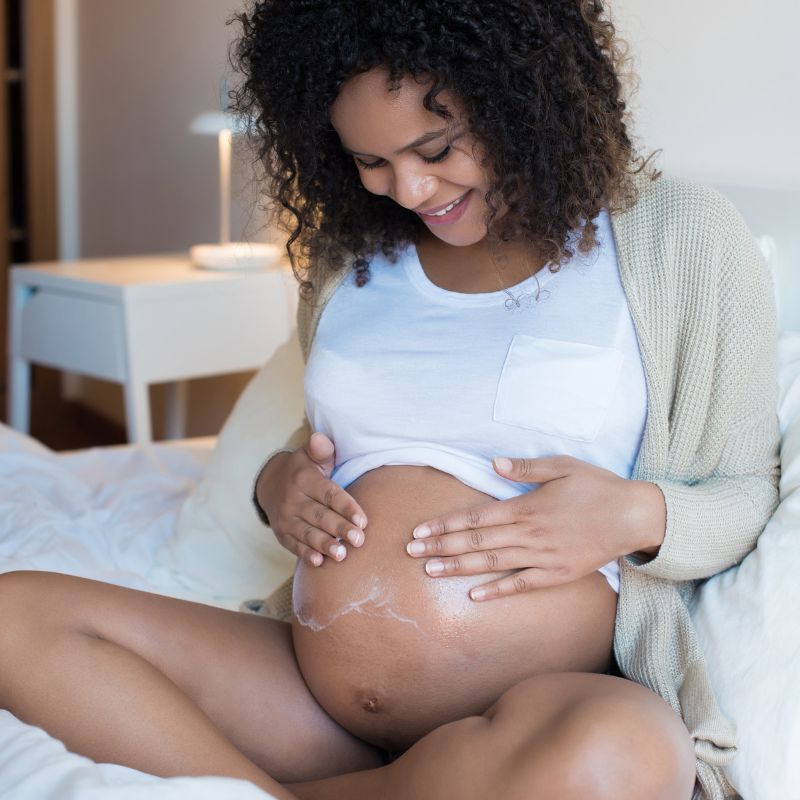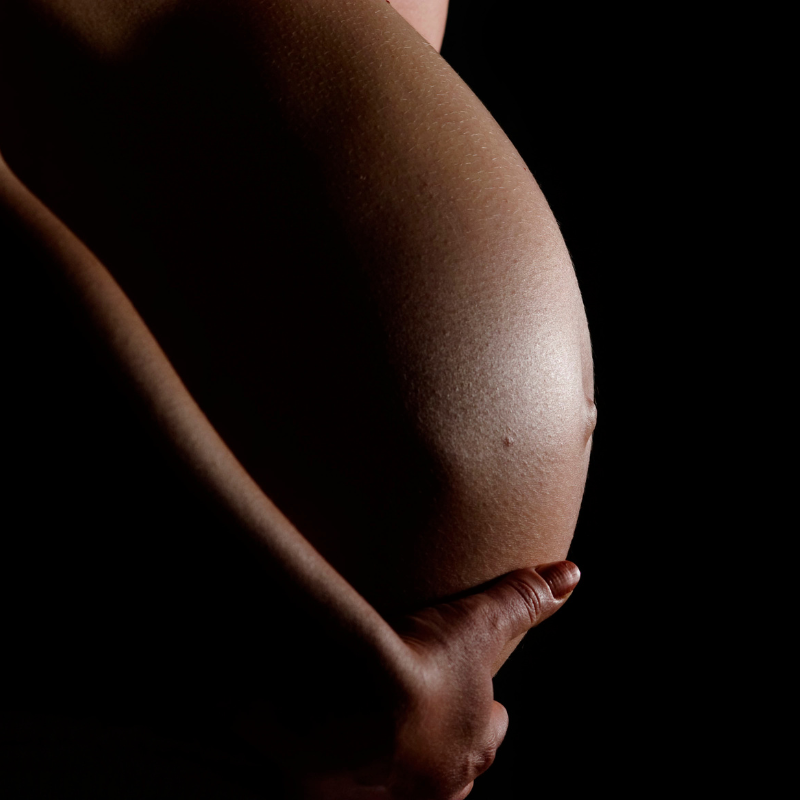Common childbirth injuries

Birth Injuries – More Common Than You Think
A birth is an incredible and powerful experience that for most results in great joy and love. However, because it is such a large and strenuous process for the body, it is very common to suffer from various kinds of birth injuries. You may experience injuries to the muscles, nerves, and connective tissues in the pelvic floor, which can lead to a range of problems and difficulties affecting quality of life.
At Plume, we do everything we can to contribute with products that make the mother's everyday life easier after childbirth, but birth injuries are something beyond our expertise. However, what we can do is spread information about birth injuries, what they are, and how they can affect you – and offer products that can relieve pain, after possible surgeries, and more. Among other things, we have a soft seat cushion designed to avoid pressure on the groin, pelvis, and tailbone, and a practical intimate shower so that you don't have to use paper when you are in pain.
What Is a Birth Injury?
A birth injury is an injury to the muscles, nerves, or connective tissue in the pelvic floor that occurs during childbirth. The injuries can vary in degree and severity, ranging from small tears in the mucous membrane to larger injuries involving muscles and the anal sphincter.
3 Common Birth Injuries and How They Are Treated
Tears After Childbirth
Tears in the pelvic floor muscles are the most common type of birth injury. These tears can range from small and superficial to large, extending to the anal sphincter. Most women experience some form of tear in the genital area during childbirth, and these tears are always stitched up immediately afterward. For some time after, it can be painful and swollen. If your tears do not improve over time, but instead get worse, the wounds become red and infected, you develop a fever and feel unwell, or the tears are so severe that they affect your daily life, you should contact your midwife clinic for a thorough examination.
Treatment for Tears in the Genital Area After Childbirth
Most people with tears in the genital area do not need extra help, but there are things you can do to ease your recovery. If it does not heal on its own, surgery may be needed to repair the tears.
- Rest plenty
- Avoid heavy lifting and strenuous activities
- Wear soft and comfortable clothes
- Eat fiber-rich foods and drink plenty of water to avoid constipation
- Allow the genital area to air out as much as possible
- Avoid wiping with paper after using the toilet; use an intimate shower instead
- Surgery may be necessary for larger tears
Nerve Damage After Childbirth
Nerve damage and nerve pain can occur after childbirth. This can lead to pain in the genital area, back, or pelvis, loss of sensation, numbness, and reduced sexual function, such as lack of lubrication or difficulty achieving orgasm.
Treatment for Nerve Damage After Childbirth
- Physical therapy can help strengthen the pelvic floor muscles and improve sensation in the genital area
- TENS is sometimes used to relieve pain
- Medications prescribed by a doctor
- Botox injections into the pelvic floor muscles to relieve pain and muscle spasms
- Surgery may be necessary in some cases to repair damaged nerves
Things You Can Do Yourself:
- Be kind to yourself and give yourself time to heal
- Talk to your partner about how you feel
- Use a soft seat cushion if it hurts to sit on hard surfaces due to nerve damage or pain
Prolapse After Childbirth
Prolapse of the uterus, bladder, or bowel can occur after childbirth. This means that one or more organs in the pelvis drop down and press against the vaginal wall. Prolapse occurs due to a weakening of the muscles and connective tissues in the pelvic floor and is a very distressing complication to experience. Symptoms of prolapse may include a feeling of heaviness in the genital area that doesn't go away, a kind of gripping sensation in the genital area, swelling in the vagina, difficulty emptying the bladder or bowel, incontinence issues, and pain during intercourse.
Treatment for Prolapse After Childbirth
The treatment you receive will depend on the severity of the symptoms and the type of prolapse you have. Treatment may include:
- Pelvic floor exercises to train the muscles and alleviate symptoms
- A pessary can be inserted to support the pelvic organs
- A silicone ring can be inserted into the vagina to lift and support the uterus
- Surgery may be necessary in some cases to repair the pelvic floor muscles and lift the pelvic organs
Incontinence After Childbirth
Incontinence of urine or feces is a common complication after childbirth and can affect women of all ages. It means that you leak urine or feces, from small drops to larger amounts, that you can't hold when, for example, you laugh, cough, or jump, or that you need to go to the toilet very frequently. Incontinence can be mentally draining and can have a significant impact on quality of life. However, as mentioned, it is very common and nothing to be ashamed of, and there is help available.
Treatment for Incontinence After Childbirth
How incontinence is treated after childbirth depends on the type of incontinence and its severity.
- Pelvic floor exercises to strengthen the pelvic muscles can help alleviate symptoms
- Biofeedback is a technique used to see how the pelvic muscles work and thus learn how to activate the affected muscles properly
- TENS can be used to stimulate the pelvic muscles and improve control over the bladder/bowel
- There are medications that can be prescribed to reduce urine production
- Surgery may be an option when nothing else helps
How Do I Know If I Have a Birth Injury?
It's not always easy to know if you've suffered a birth injury or if it's an issue that will resolve on its own. Some symptoms, such as pain and incontinence, can also be very vague and have entirely different causes. If you have problems that you think may be a birth injury and that affect your daily life significantly, it is important to contact your doctor or midwife for an examination.
Take Care of Yourself After a Birth Injury
No matter what type of birth injury you've experienced, it's important to know that: YOU ARE NOT ALONE. Birth injuries are more common than you might think, and many people live with birth injuries of varying degrees. Our best advice to you if you've suffered a birth injury is:
- Seek information and support. Talk to your doctor, midwife, or other healthcare providers. Contact patient associations and talk to others in the same situation. Seek information online, read books, and try to get tips and information from others going through the same thing.
- Be kind to yourself. Suffering a birth injury is no one's fault, and there is absolutely nothing you could have done to prevent it. Allow your healing to take time, and let yourself feel everything you feel.
- Exercise as much as you can and as recommended by healthcare. Try to start your pelvic floor exercises as soon as possible (unless healthcare advises otherwise – always listen to your doctor).
- Seek help from a counselor or therapist. If you feel you need help coping with the mental impact of your birth injury, there is professional help available.
- Wear soft and comfortable clothes. Use aids like a soft seat cushion or a intimate shower. Eat fiber-rich foods and drink plenty of water to avoid constipation, and take care of yourself.
- Tags: Fakta Postpartum Ta hand om dig

